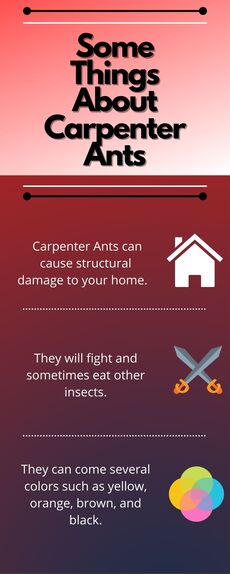|
Slithery, scaly, silky creatures with no legs; snakes are plentiful around the earth. There are many types of snakes. However, it is important to know what type of snake you are dealing with. Several thousand Americans are bitten by snakes every year. Some snakes are venomous and some are not, but it makes you wonder how do you tell the difference? Venomous or Non-venomous One of the first things you might notice about a snake is it's color. Color is helpful feature to help you determine whether a snake is dangerous or not. In North America, there are four common types of snakes: the Rattlesnake, Copperhead, Coral Snake, and Cottonmouth Moccasin. Snakes usually blend in with their environments, and you need to be observant when you find a snake. Knowing the difference in behavior can help you tell if the snake is poisonous or not. Rattlesnakes for instance, will shake their tails to ward off and warn possible predators. Other venomous snakes such as copperheads and cottonmouths usually live near bodies of water. Head shape and eye features is another detail that can help you tell if the snake is potentially dangerous or not. Non-venomous snakes usually have round heads and have round pupils. Poisonous snakes however usually have triangular heads and their eyes have a vertical thin black pupil. Additionally, sometimes poisonous snakes exhibit holes between their eyes and nostrils. Those holes are used for radiation detection to aid them in survival. What to Do If You're Bitten:The first thing you should do if you are bitten, is to seek medical assistance. If you know what type of snake you were bitten, this information can help you gauge the risks of the bite. Additionally, if it is venomous, you should call the police or have someone take you to the hospital as soon as possible. Do not try to suck out the venom or cut the wound, because it could get into your bloodstream. What To Do About Snakes:When encountering a snake, you should always be cautious. Make sure to be extra careful especially if it is venomous. To get rid of a snake, you can gently push the snake outside with a broom or mop. Another way to get rid of a snake is to place a bucket, pot, or wastebasket over the snake with a weight on top, and call pest control. Keeping a snake in one room and blocking off exit points are also a good idea if you would rather wait for someone who can handle it.
0 Comments
Carpenter ants break down your house rather than building it up. They will make their presence known at your house. At first, you might notice small wood shavings and tiny holes. If you don't catch them for a long time then your house might be victim to structural damages. It makes you wonder what they look like, how they do it, and what you can do to stop it. What Are Carpenter Ants?Carpenter ants can be an array of colors. Some colors including yellow, brown, red, orange, and black. Most carpenter ants are black, but the color differs depending on what species you're looking at. In the United States, they are one of the largest ants that you can find. Additionally, carpenter ants can grow wings, which is unsettling but cool to think about. If you see a carpenter ant with wings, then that is an indicator that there is a large colony nearby. Carpenters and Their WoodworkCarpenter ants, unlike termites, do not destroy wood. They simply create tunnels, and those tunnels weaken wood. The more tunnels you have in your wood, the more unsound it becomes. If the colony grows or the wood continues to be damaged then the house's structure can be damaged. How Carpenter Ants Live Do you ever see wet, soggy, or broken-down wood? Damaged or moist wood is a perfect place for carpenter ants to build their nest. They could be located in damaged wood, debris, or on top of that overhanging limb that touches your roof. Carpenter Ants can live inside or outside. Those dying decaying tree stumps? They can live there. The doorway in your home and your windows? They can live there too. It is important to remember that moist or damaged wood is a part of their optimal living conditions. Those woodworkers also will search for food, make rustling noises as they walk through your house, and pull shavings from the dusty wood along with them. They colonize in two different ways. They can be parent or satellite colonies. The parent colony is where workers and queens live. In satellite, colonies reside workers, larvae, and pupae. Satellite colonies exist because they need more space, food, or water. Carpenter Ant's DefensesCarpenter ants are capable of biting as well as releasing a chemical to protect themselves and their colony. Not only that but carpenter ants will fight other insects as well. For instance, they will fight termites. Termites and Carpenter Ants both use wood to live but in different ways. It only makes sense that they would eventually encounter each other. When they do encounter each other, carpenter ants would kill and sometimes eat enemy termites.
|
AuthorI really enjoy researching and writing about pests. The more we know about bugs, the easier it becomes to control them. Categories
All
Archives
February 2024
|
|
© 2021 Bug Ninja Pest Control.
All rights reserved. |
Services |
Contact |
|





 RSS Feed
RSS Feed

